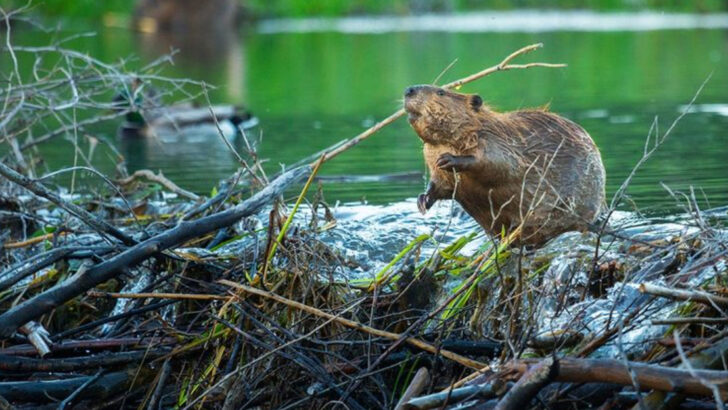Some animals are out here solving problems while we’re still trying to find our car keys.
In the wilds of the U.S., brainpower isn’t just for humans—foxes, crows, and even octopuses are making moves that would make Mensa jealous.
They use tools.
They remember faces.
They team up, plan ambushes, and in some cases, they play—just for the fun of it.
This isn’t about tricks or circus acts.
This is raw, natural intelligence on full display—creatures thinking on their feet (or wings or fins), outsmarting predators, and navigating life with a surprising spark.
Let’s shine a spotlight on the animal minds hiding in plain sight.
You might never look at a raccoon the same way again.
American Crow
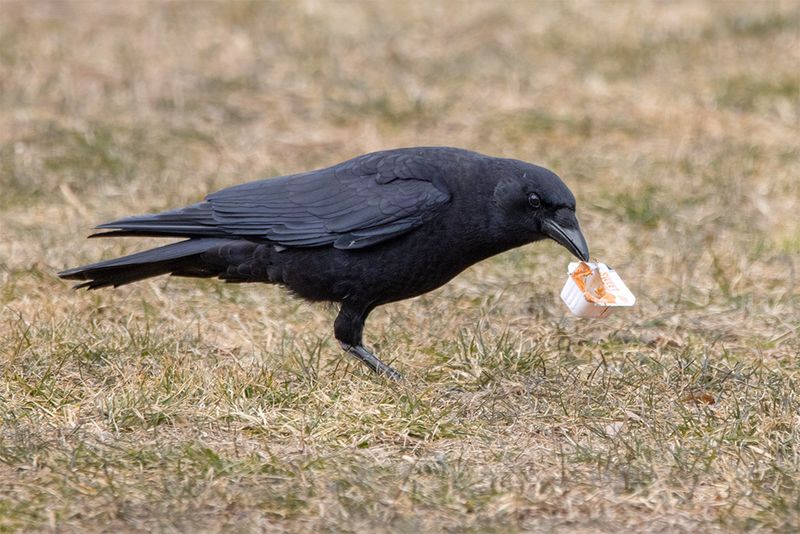
The American Crow is not just any bird; it’s a feathered genius. Known for their problem-solving skills, they’ve been observed using tools to obtain food. With their glossy black feathers and intelligent gaze, crows exhibit complex social behaviors, often engaging in playful antics with their peers. In some cases, they even recognize individual human faces, remembering those who have treated them kindly—or not! These birds are not just survivors; they are strategists and opportunists. Their adaptability to various environments makes them a common, yet extraordinary, sight across the U.S.
Bottlenose Dolphin
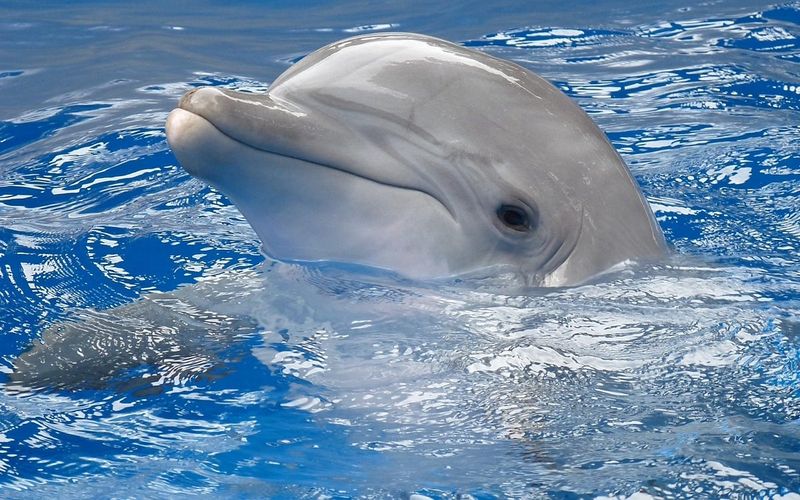
Bottlenose Dolphins, with their sleek bodies and infectious smiles, are a marvel of marine intelligence. Found along the U.S. coasts, these dolphins are known for their complex communication and social structures. Utilizing an array of clicks and whistles, they convey messages and emotions. Their intelligence extends to cooperative hunting techniques and the ability to recognize themselves in mirrors, a rare trait among animals. Dolphins are not just playful; they are astute observers of their environment, making them one of the most intelligent marine inhabitants.
Raccoon
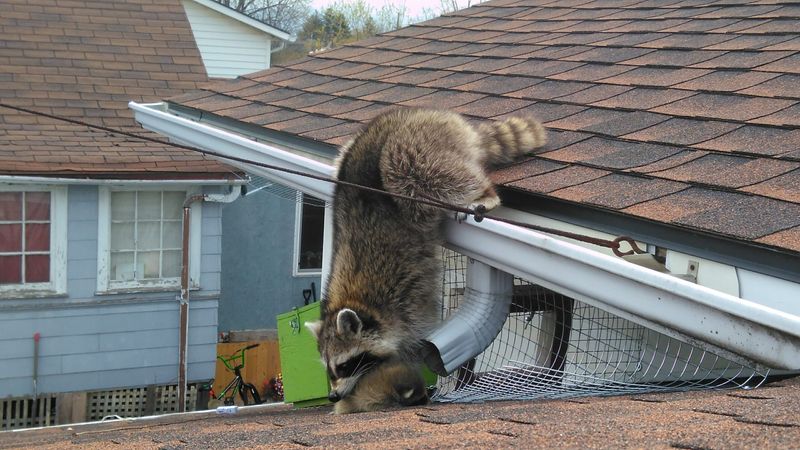
With their nimble fingers and striking black masks, raccoons are notorious for their clever antics. These nocturnal bandits are adept at opening containers to access food, showcasing problem-solving skills that rival many other mammals. Found in urban and rural settings across the U.S., raccoons demonstrate a keen understanding of their surroundings. They are not just scavengers but intelligent foragers, adapting to human habitats with remarkable ease. Their curiosity and adaptability make them intriguing subjects of study in animal intelligence.
North American Beaver

The North American Beaver, nature’s engineer, exhibits intelligence through its impressive dam-building skills. These industrious rodents transform landscapes, creating wetlands that benefit a myriad of species. Beavers are strategic in their construction, using their large teeth and strong jaws to fell trees and build sturdy structures. Their ability to alter ecosystems showcases not just intelligence but ecological significance. Observing a beaver at work is witnessing nature’s architecture in action, a testament to their remarkable cognitive abilities.
California Sea Lion
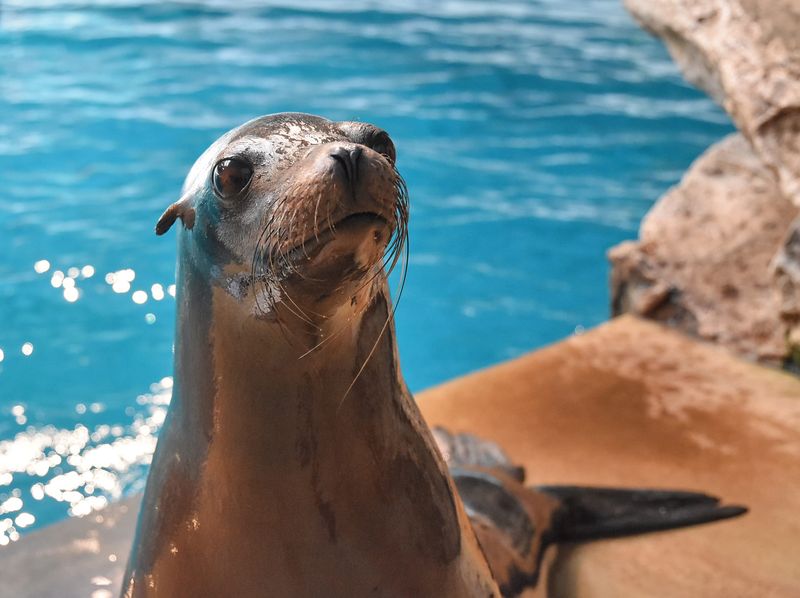
California Sea Lions are not only playful entertainers; they are intelligent marine mammals with a knack for learning. Found along the U.S. Pacific coast, these sea lions are quick learners, often trained to perform in marine shows. Beyond entertainment, their intelligence shines in their natural behaviors—cooperative hunting and complex vocalizations. Their social nature and capacity to understand human gestures highlight their cognitive prowess. Watching a sea lion in action is a delightful experience, revealing the playful side of marine intelligence.
American Alligator
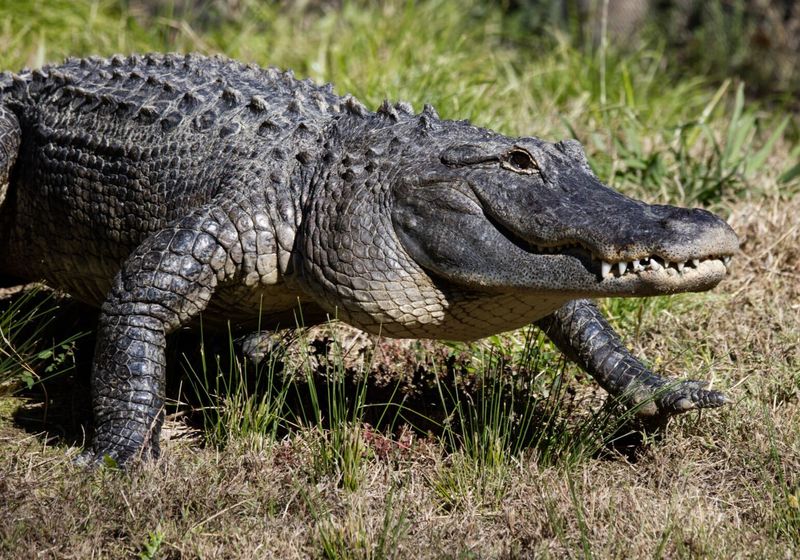
The American Alligator, with its armored body and stealthy demeanor, conceals a surprising level of intelligence. Found in the southeastern U.S., these reptiles exhibit social behaviors and vocalizations that are more complex than one might expect. Alligators use infrasound to communicate over long distances, coordinating group movements. They are known for their strategic hunting tactics, often luring prey with deceptive calmness. Observing an alligator offers a glimpse into the unexpected depths of reptilian intelligence and social interaction.
Eastern Gray Squirrel

Eastern Gray Squirrels, with their bushy tails and acrobatic prowess, are common yet intelligent inhabitants of American woodlands. These squirrels are master manipulators of their environment, capable of complex food storage strategies. They display remarkable memory and spatial awareness, vital for retrieving cached food. Their playful antics and adaptability to urban settings highlight their intelligence. Watching a squirrel navigate its arboreal world is to witness a ballet of agility and cunning, a testament to their impressive mental acumen.
American Bison

The American Bison is not just a symbol of the American frontier; it’s a creature of impressive social and migratory intelligence. These large mammals travel in structured herds, showcasing complex social interactions and cooperation. Their migratory patterns are strategic, following seasonal food availability, which requires spatial awareness and memory. Bison communicate through vocalizations and body language, coordinating movements and maintaining social bonds. Witnessing a bison herd is experiencing a legacy of survival and adaptation, underscoring their intelligence.
Great Horned Owl
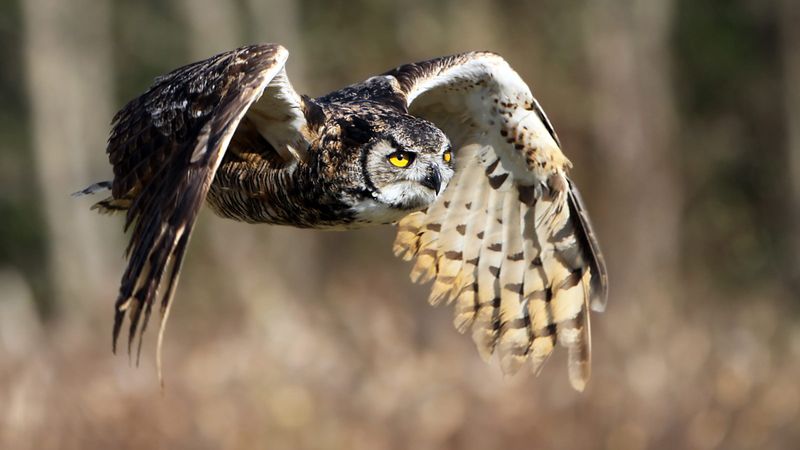
Great Horned Owls, with their commanding presence and haunting calls, are powerful predators. Their intelligence lies in their hunting strategy and acute senses. Equipped with excellent night vision and hearing, they can detect the faintest sounds in the dark. These owls employ silent flight, allowing them to ambush prey with precision. Their adaptability to various habitats, from deserts to forests, highlights their resourcefulness. Observing a Great Horned Owl in its element is a captivating experience, revealing the intelligence of nocturnal hunters.
Red Fox
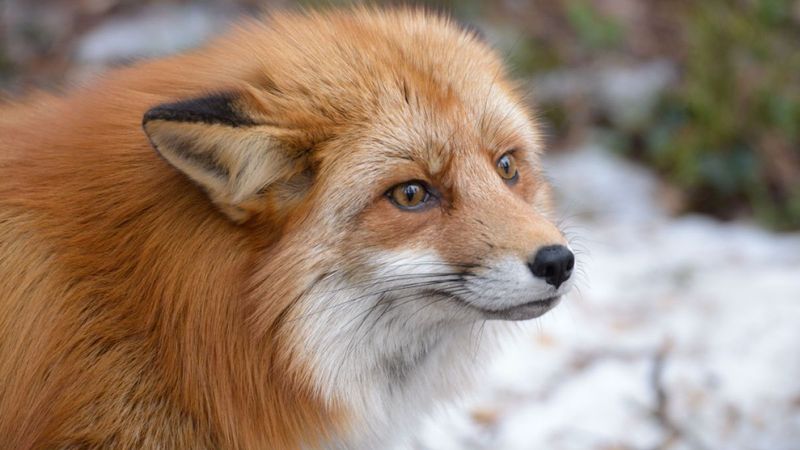
The Red Fox, with its fiery coat and graceful movements, is a symbol of cunning and adaptability. Found across the U.S., these foxes are adept hunters, using their keen sense of hearing to locate prey beneath snow or soil. Their intelligence is evident in their flexible diet and ability to thrive in diverse environments, from urban areas to remote forests. Red Foxes communicate through a series of vocalizations and body language, showcasing their social intelligence. Watching a red fox in action is observing a master of survival.
Northern Mockingbird
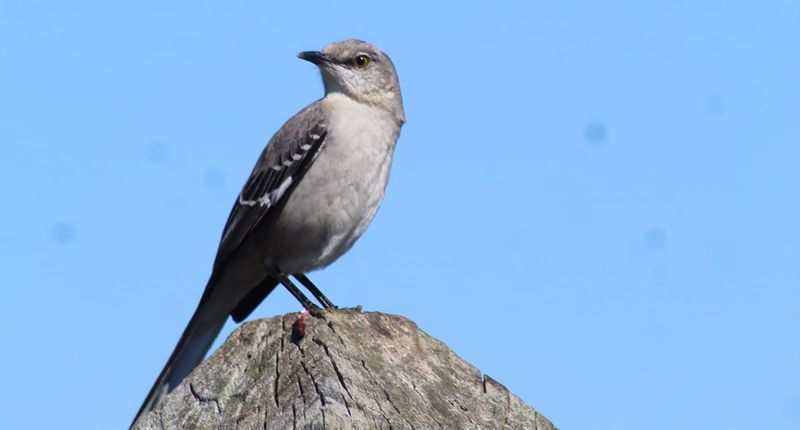
The Northern Mockingbird is not just a melodious singer; it’s a mimicry maestro. These birds have an astonishing ability to imitate the songs of other birds, as well as mechanical sounds. Found across the U.S., they use their vocal repertoire to defend territory and attract mates. Their intelligence is reflected in their adaptability to human environments and their diverse diet. Mockingbirds are not just background singers; they are vocal virtuosos, employing their talents for survival and social interaction.
Beluga Whale
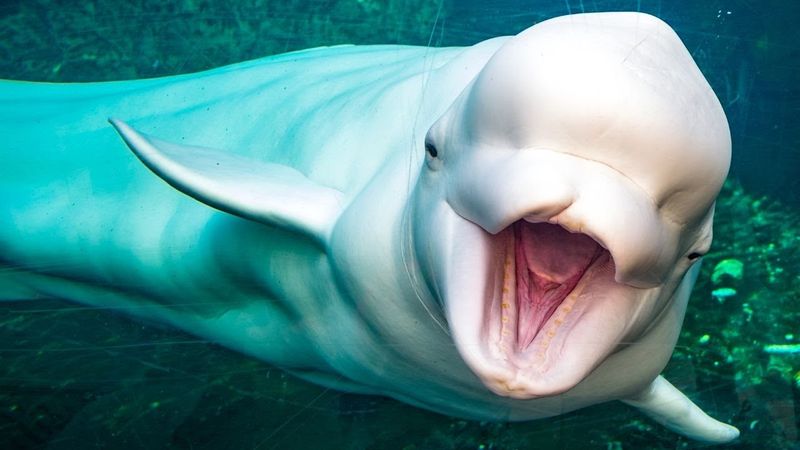
Beluga Whales, often called the “canaries of the sea,” are known for their vocal range and social intelligence. Found in the Arctic waters near Alaska, they use a complex array of sounds for communication and echolocation. These whales exhibit strong social bonds, often engaging in cooperative behaviors. Their intelligence is not just auditory; it’s emotional, as they display empathy and playfulness. Observing a Beluga Whale is encountering a gentle giant of the ocean, whose intelligence is as profound as its serene presence.
Coyote
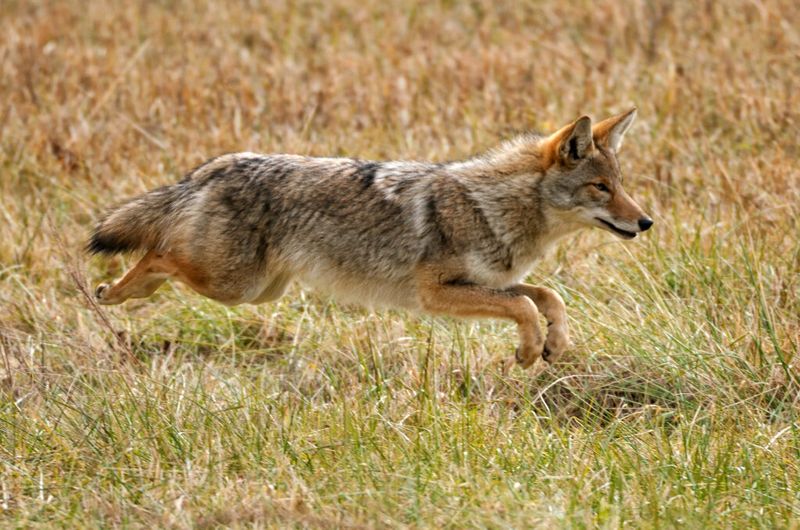
Coyotes are not just elusive predators; they are intelligent survivors. Found in various habitats across the U.S., these canines are known for their adaptability and cunning. They hunt in packs, coordinating strategies to catch prey. Coyotes communicate using a variety of vocalizations, often heard echoing through the night. Their ability to thrive in both rural and urban environments showcases their resourcefulness. Observing a coyote is witnessing a creature that embodies adaptability and intelligence, surviving in an ever-changing world.
Octopus (Giant Pacific)
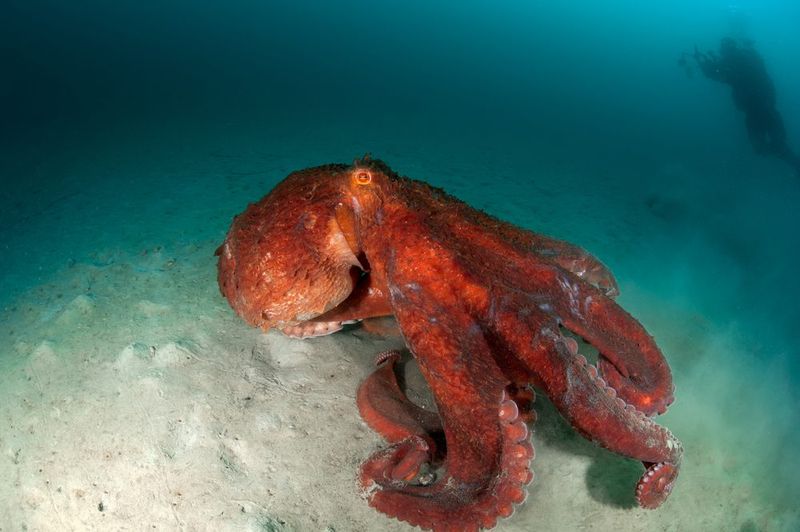
The Giant Pacific Octopus, with its soft body and eight agile arms, is a master of intelligence and camouflage. Found in the Pacific waters along the U.S. coast, these octopuses exhibit problem-solving skills and the ability to escape enclosures. They use their chromatophores to blend seamlessly into their surroundings, evading predators with ease. Their curiosity and dexterity are unmatched in the marine world, making them fascinating subjects of study. Observing an octopus at work is witnessing the wonder of oceanic intelligence and creativity.
Common Raven
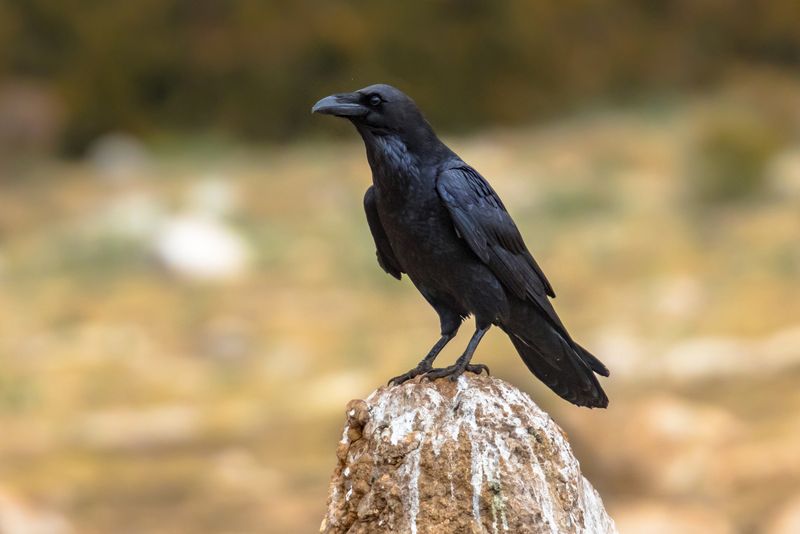
The Common Raven, with its jet-black plumage and inquisitive nature, is a bird of remarkable intellect. Found across the U.S., ravens are known for their problem-solving abilities and playful behaviors. They exhibit complex social interactions, often working together to achieve goals. Ravens are skilled mimics and use a variety of vocalizations to communicate. Their intelligence extends to tool use and strategic planning, making them one of the most intelligent birds in the animal kingdom. Witnessing a raven in action is experiencing avian intelligence at its finest.
American Badger

The American Badger, with its fierce demeanor and powerful digging claws, is a creature of tenacity and intelligence. Found in open grasslands across the U.S., these solitary mammals are skilled hunters, often partnering with coyotes to catch prey. Badgers are known for their strategic burrowing techniques, creating extensive tunnel systems. Their intelligence is evident in their problem-solving skills and adaptability to various environments. Observing a badger at work is witnessing a blend of strength and cunning, an embodiment of wilderness intelligence.
Florida Manatee
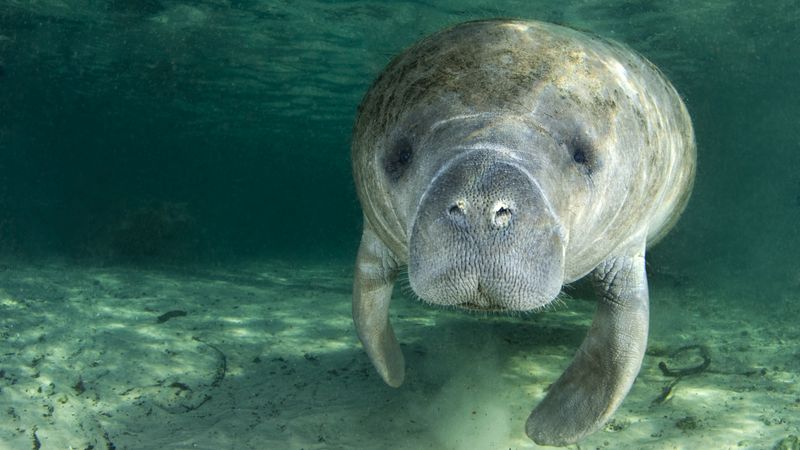
Florida Manatees, often called “sea cows,” are gentle giants of the water. Found in the warm coastal waters of Florida, these herbivorous mammals exhibit social intelligence and gentle curiosity. They communicate through a series of clicks and squeaks and are known for their slow, graceful movements. Manatees are important for aquatic ecosystems, helping to maintain healthy seagrass beds. Observing a manatee is a serene experience, revealing the peaceful intelligence of these endearing creatures, as they gracefully navigate their aquatic world.

